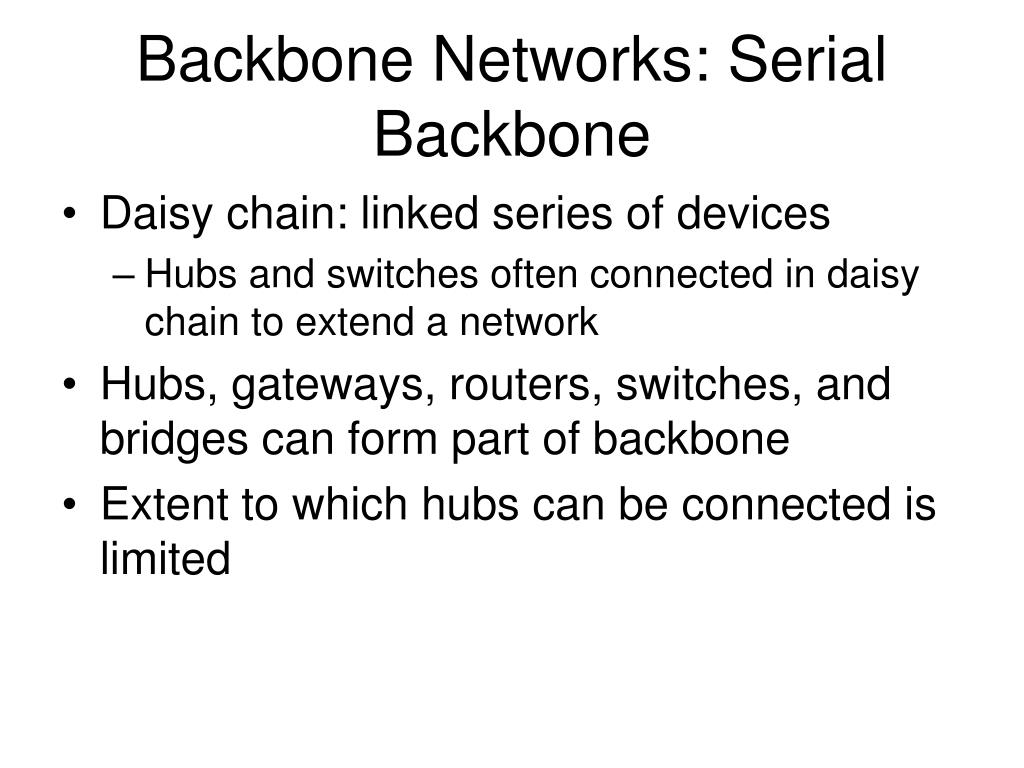
Bridges operate in a similar way to layer 2 switches: they learn which computers are on each side of the bridge by reading the source addresses on incoming frames and recording this information in forwarding tables. The networks they connect together must be similar, but they can connect different types of cable. 7-1).ĭevice Operates at Packets Physical Layer Data Link Layer Network Bridge Data Link Filtered using data link layer addresses Same or Different Router Routed using network layer addresses Gateway Figure 7-1 Backbone Network DevicesĨ Bridges (Figure 7-2) Bridges are data link layer devices. The hardware devices can be computers or special purpose devices used for interconnecting networks including bridges, routers and gateways (Fig. Optical fiber is more commonly chosen since it provides higher data rates. The backbone network’s cable functions in the same way as in LANs. A backbone network that connects LANs in several buildings is sometimes referred to as a campus-wide network.īackbone networks have two basic components: the network cable the hardware devices connecting it to the other networks. Such a network is also sometimes referred to as an enterprise network.


Outline Introduction Backbone Network Componentsīridges, Routers, Brouters, Gateways, A Caveat Backbone Architectures Backbone Architectures, Routed backbone, Bridged backbone, Collapsed backbone, Virtual LAN Backbone Technologies FDDI, ATM Improving Backbone Performance Improving Computer and Device Performance, Improving Circuit Capacity, Reducing Network Demand The Ideal Backbone?ĥ Backbone Networks Backbone networks are high speed networks that perform that linking an organization’s LANs, making information transfer possible between departments. Understand the types of internetworking devices used in backbone networks Understand several common backbone architectures Be aware of FDDI Be familiar with ATM Be aware of ways to improve backbone network performanceģ Chapter 7. Business Data Communications and Networking Fitzgerald and Dennis, 7th Edition Copyright © 2002 John Wiley & Sons, Inc.


 0 kommentar(er)
0 kommentar(er)
